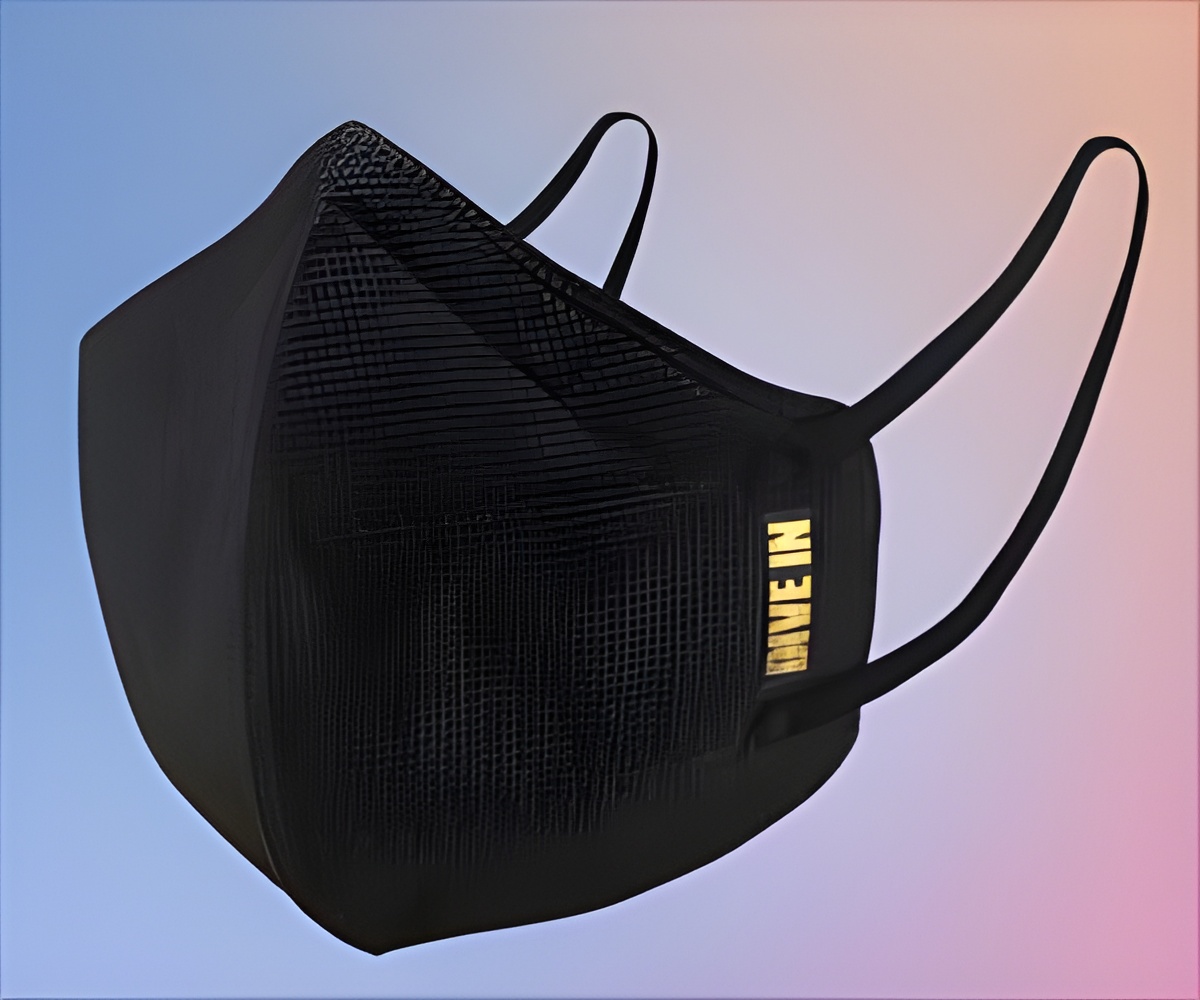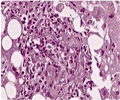Architectural engineering team investigated the effects of physical distancing, building ventilation as control strategies for preventing the spread of COVID-19.

‘Airborne infection could be higher for residential environments than office environments. Strategies like physical distancing, ventilation and mask wearing should be considered together for a layered control.’
Read More..




“We set out to explore the airborne transport of virus-laden particles released from infected people in buildings,” said Gen Pei, first author and doctoral student in architectural engineering at Penn State. “We investigated the effects of building ventilation and physical distancing as control strategies for indoor exposure to airborne viruses.”Read More..
The researchers examined three factors: the amount and rate of air ventilated through a space, the indoor airflow pattern associated with different ventilation strategies and the aerosol emission mode of breathing versus talking.
They compared transport of tracer gas to test leaks in air-tight systems, and human respiratory aerosols ranging in size from one to 10 micrometers. Aerosols in this range can carry SARS-CoV-2.
“Our study results reveal that virus-laden particles from an infected person’s talking — without a mask — can quickly travel to another person’s breathing zone within one minute, even with a distance of two meters,” said Donghyun Rim, corresponding author and associate professor of architectural engineering.
“This trend is pronounced in rooms without sufficient ventilation. The results suggest that physical distance alone is not enough to prevent human exposure to exhaled aerosols and should be implemented with other control strategies such as masking and adequate ventilation.”
Advertisement
This ventilation system is installed in most residential homes, and it can result in a human breathing zone concentration of viral aerosols seven times higher than mixed-mode ventilation systems.
Advertisement
“This is one of the surprising results: Airborne infection probability could be much higher for residential environments than office environments,” Rim said. “However, in residential environments, operating mechanical fans and stand-alone air cleaners can help reduce infection probability.”
According to Rim, increasing the ventilation and air mixing rates can effectively reduce the transmission distance and potential accumulation of exhaled aerosols, but ventilation and distance are only two options in an arsenal of protective techniques.
“Airborne infection control strategies such as physical distancing, ventilation and mask wearing should be considered together for a layered control,” Rim said.
The researchers are now applying this analysis technique to various occupied spaces, including classrooms and transportation environments.
Source-Medindia







